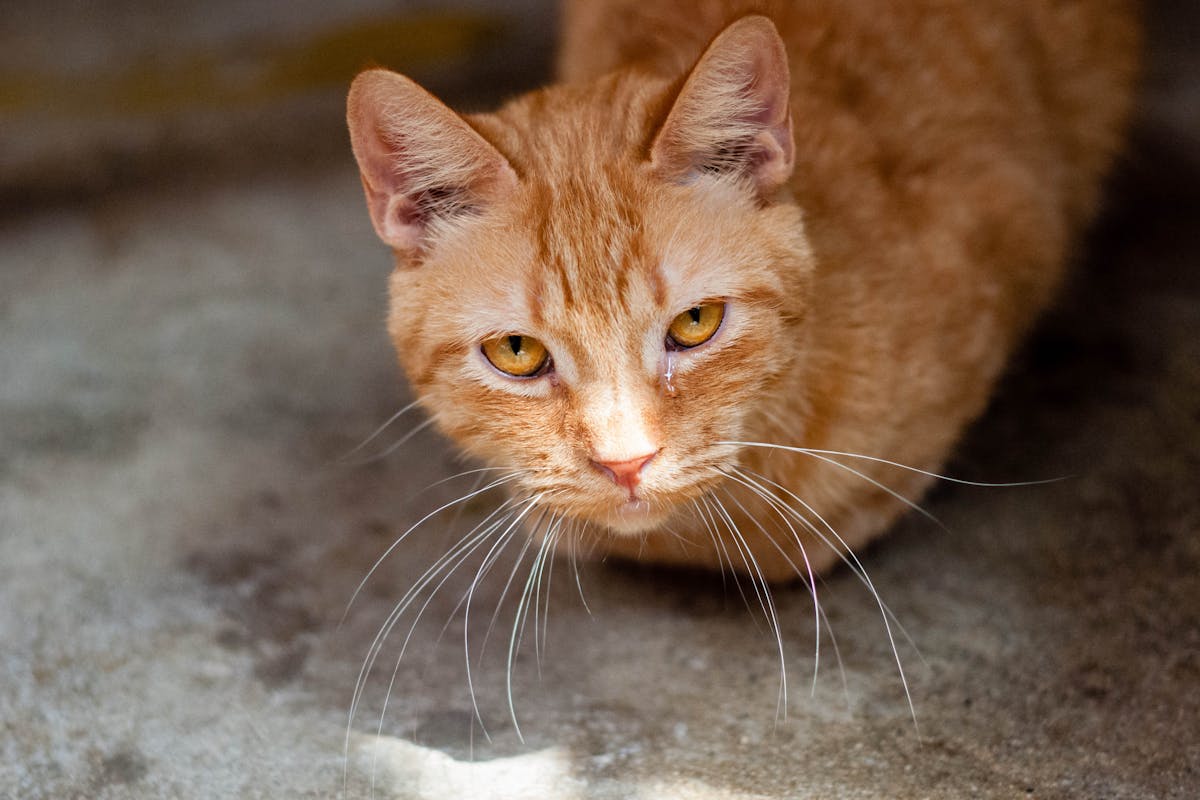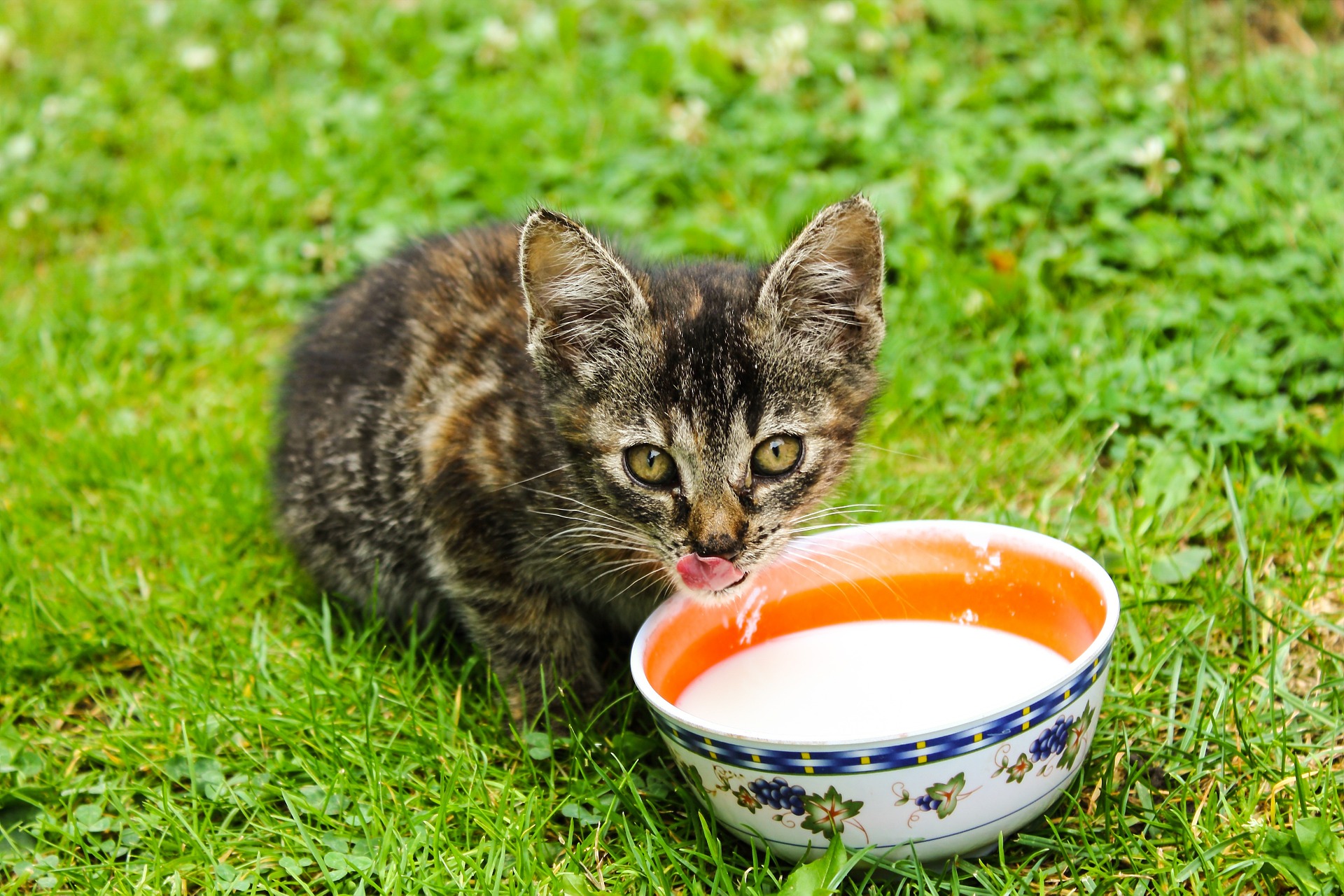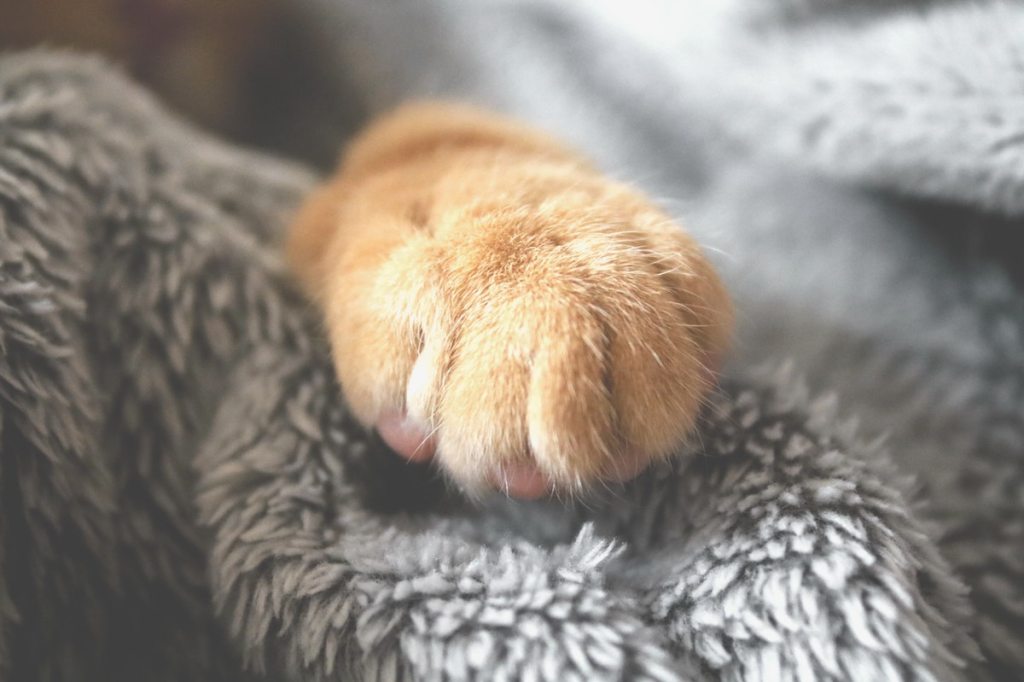
Even if you’ve only had a cat for a few weeks, you’ve likely caught them kneading. It can be so adorable! Sometimes called “making biscuits,” the action is similar to how you would knead dough — but it has a different purpose. So why do cats knead blankets, toys, and even their owners?
A cat kneading with their paws is normal behavior, and they do it for several reasons and in many different situations. Kneading isn’t always the most convenient thing for us humans — those claws can hurt if your cat decides to knead you — but this behavior is essential for cats.
The more you understand about kneading, the better you can understand your cat and respond to them appropriately. So, why do cats knead with their paws? There are a few different explanations.
Cats knead for exercise and flexibility
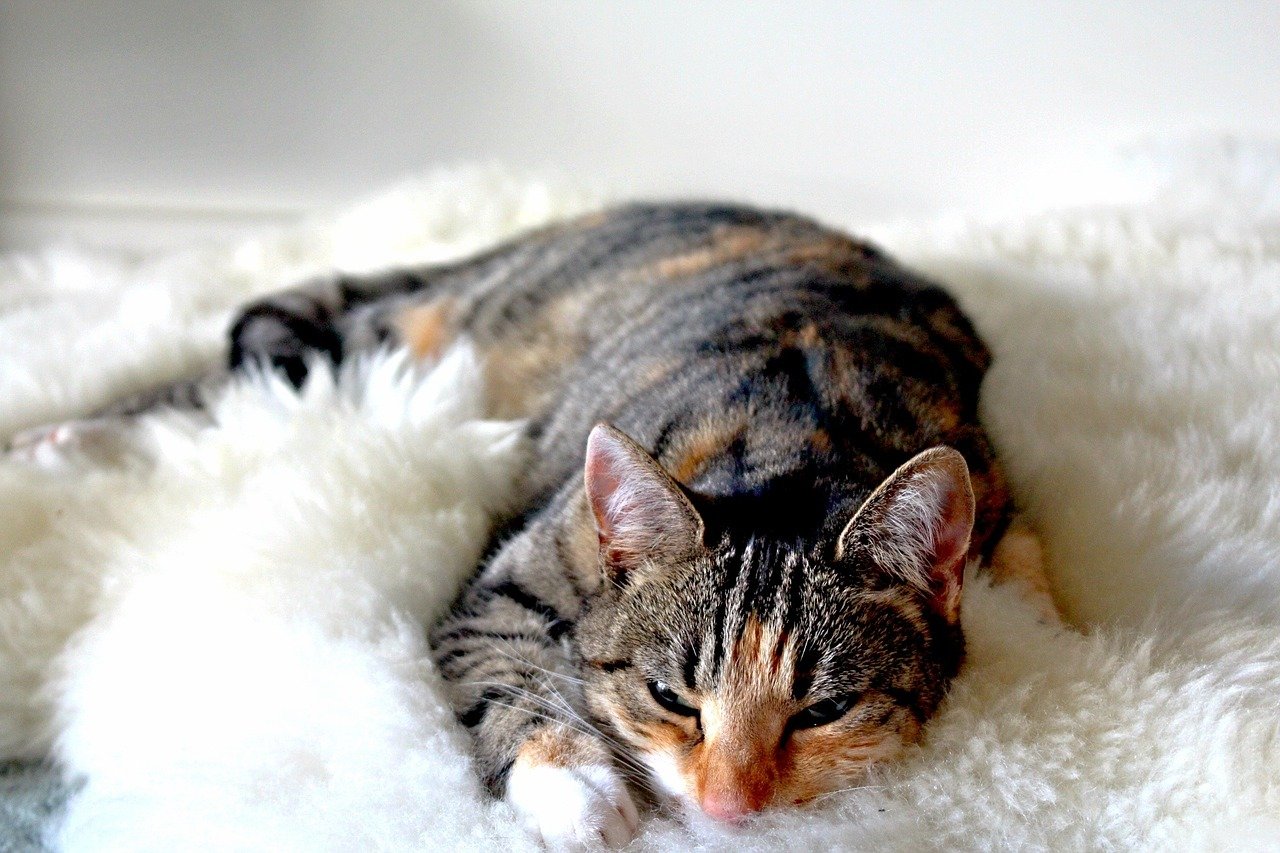
Kneading provides valuable exercise and movement to your cat’s paws. As they knead, they’ll naturally stretch their paws, front legs, and even up into their shoulders and back. You might notice your cat kneads for a few minutes after getting up for a nap, and they might pair this with some stretching. They’re just keeping themselves limber and comfortable.
Some cats mark territory by kneading

Kneading can also play an important role in how your cat marks their territory. Cats have scent glands in their paw pads, and when they knead objects, they’re releasing that scent onto the object. Your cat may knead you, their bed, a favorite blanket, and other objects to demonstrate their ownership of those objects to other cats.
Kneading can help cats make their bed
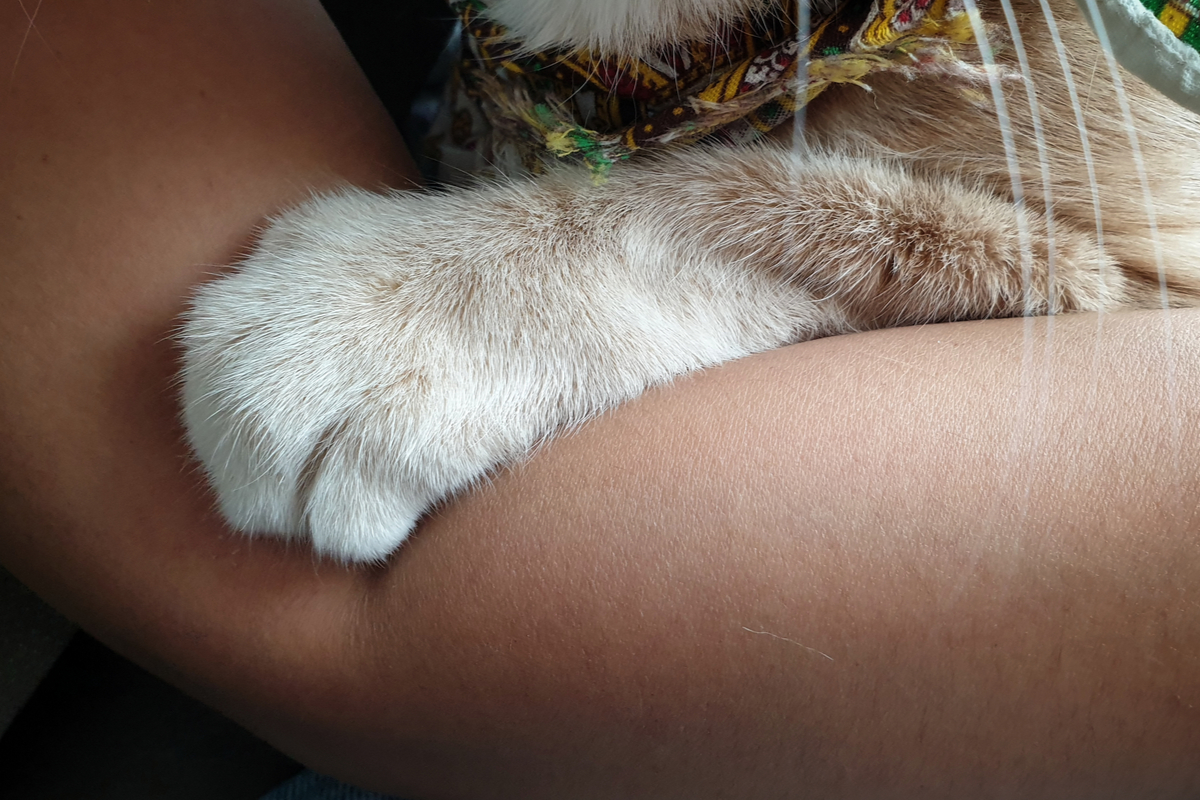
Your cat may also knead to prepare a soft place for a catnap. This may be instinctual, and your cat may understand that kneading a surface can make it softer and more comfortable. You might see your cat do this with blankets or cat beds before they settle down. Some cats can be extra-particular and may knead for a long while before they decide a spot is just right and are willing to lie down. These sleepy kitties may not want to be interrupted!
Some cats knead to show affection
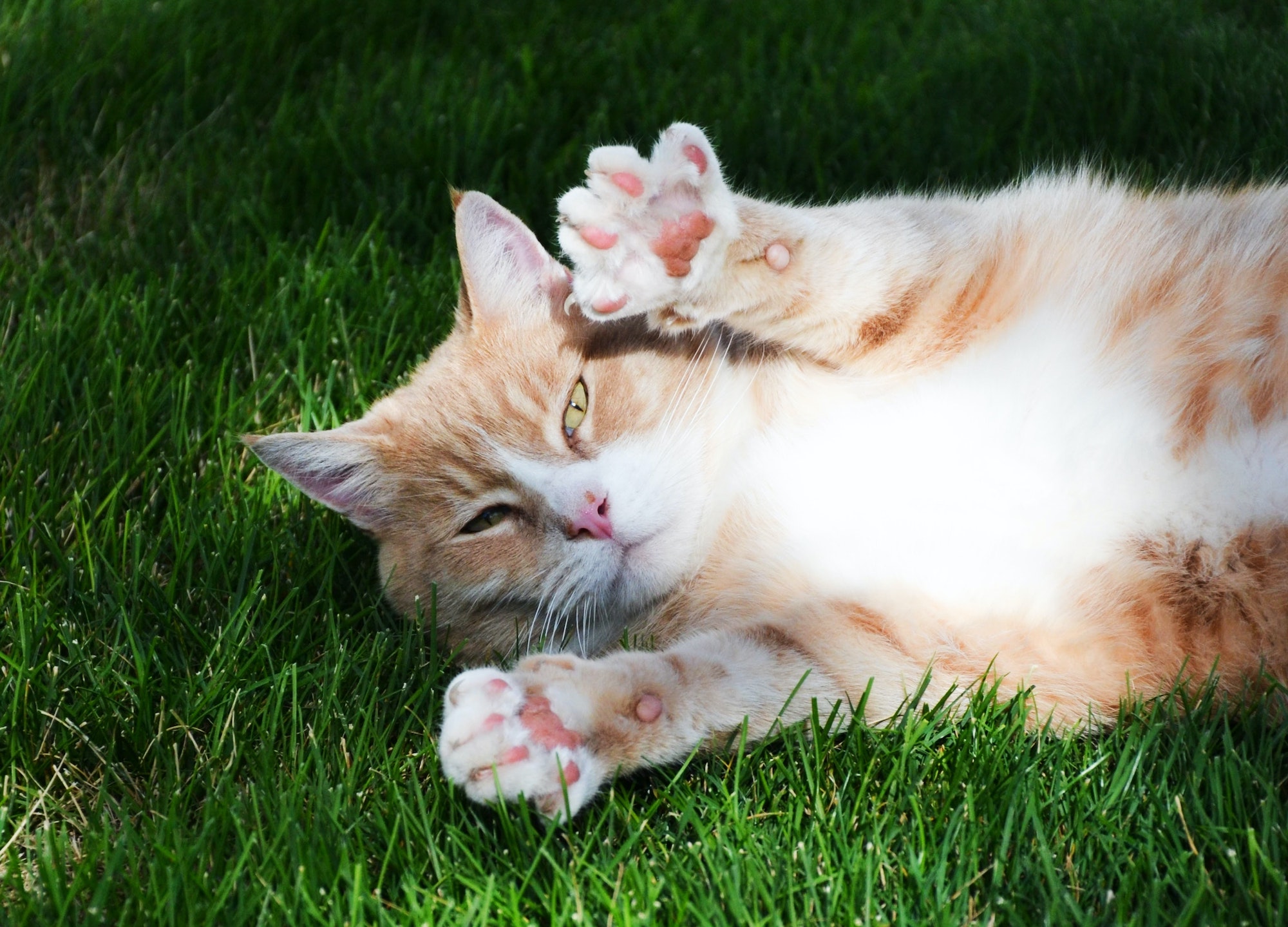
Kneading may also be your cat’s way to show affection and demonstrate that they’re comfortable in your presence. For example: Your cat climbs into your lap, starts to purr, and then starts to knead. Kittens knead their mother when they’re young to show contentment, so kneading as adult cats may be an extension of this. If your cat kneads you, consider it a compliment!
Why do cats communicate through kneading?
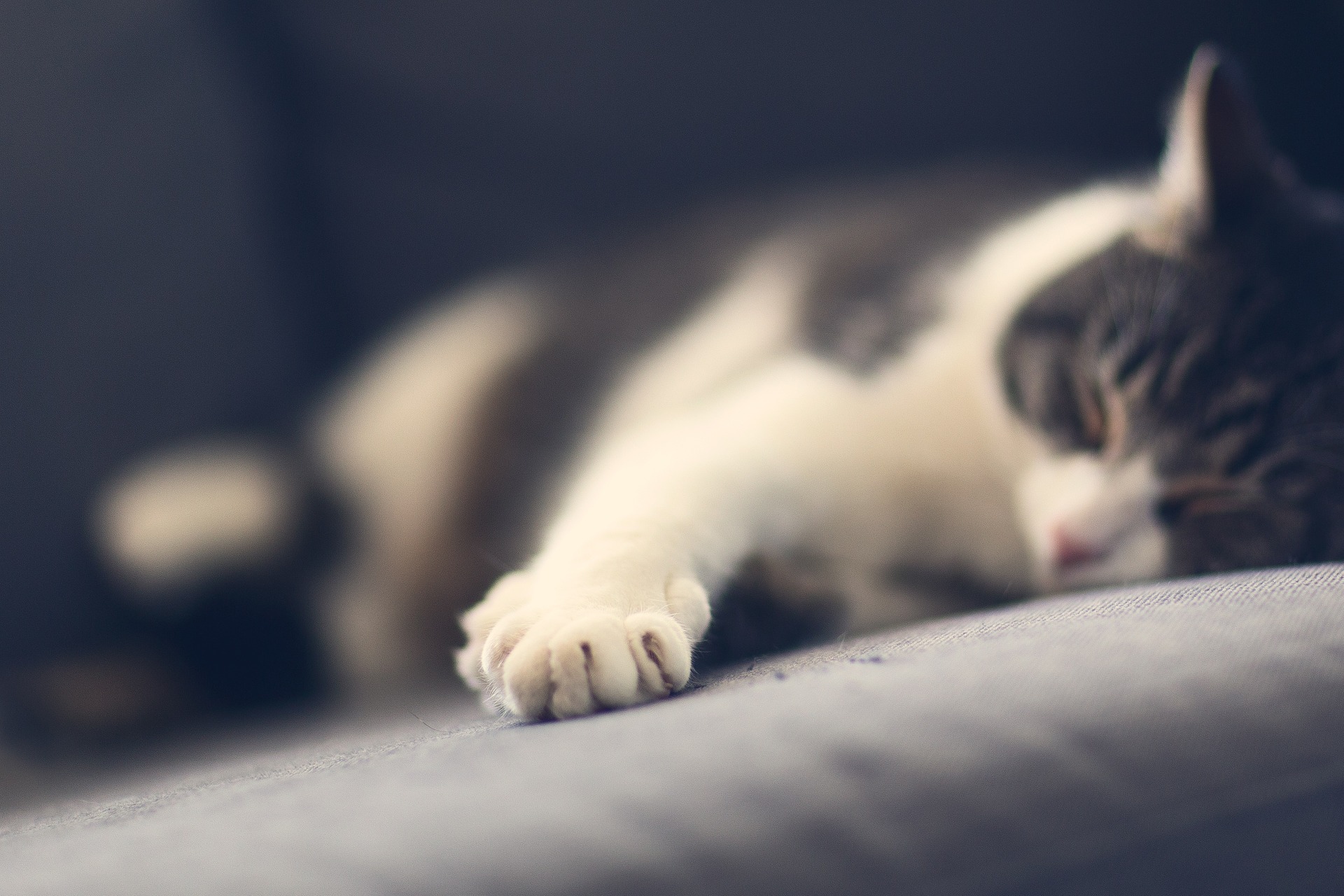
OK, so kneading has many causes, but that still doesn’t explain why cats perform a kneading action. Surely, every purpose kneading serves can be communicated more efficiently in another way? Making a bed by nudging blankets around would be much faster than kneading the same spot over and over, for example, and cat urine is a much stronger scent marker than the pheromones in a cat’s paws. So there’s something about kneading that makes cats want to do it again and again.
As it turns out, the act of kneading releases a “feel good” chemical called dopamine in your cat’s brain. This is why many cats enjoy kneading and will often do so to comfort themselves or express contentment. This is a deeply rooted instinct that began back in kittenhood when your cat would knead their mother to stimulate the production of milk. Your cat may be all grown up now, but those feel-good chemicals are still there when they make biscuits.
What to do about kneading

A cat’s kneading is a natural behavior and quite common. Your cat probably kneads often, and there’s nothing to be concerned about if they do.
But in some cases, kneading can be inconvenient or problematic. If your cat is kneading you, their sharp claws can be uncomfortable and can even draw blood. Placing a thick blanket on your lap can help protect you against those claws. In some cases, your cat may also be due for a nail trim.
Keeping up with your cat’s claw trims is beneficial for so many reasons, but when your cat’s claws are trimmed short, they can do less damage as they knead. This can protect your blankets, furniture, and any other objects that your cat likes to knead. Establish a regular claw-trim schedule — once every six weeks or so is sufficient for most cats.
If you’ve never trimmed your cat’s claws before, ask your vet to demonstrate the process for you during your next appointment. Handling your cat’s paws frequently can get them used to the experience and make claw trims easier for you both. Most cats can learn to accept claw trims with minimal trouble, but some may be more receptive to having their claws filed down gently with a feline nail trimmer. You’ll need to experiment to determine what is best for you and your cat.
If you see your cat kneading, be reassured that it’s completely natural and normal. If you watch your cat closely and consider the circumstances around their kneading, you may even be able to determine which of the above causes is prompting the behavior. If your cat climbs into your lap and kneads you, then welcome the behavior — but get an extra blanket or two to keep yourself comfortable, too. Chances are, your cat is just showing their affection and making your lap as comfortable a spot as possible for a nap. Keep those claws trimmed to protect your furniture, but otherwise, let your cat satisfy those natural instincts to knead for exercise, prepare a cozy sleeping spot and more.
